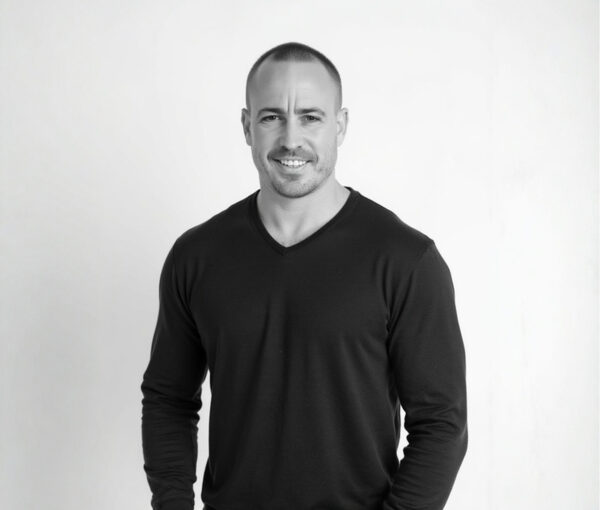In the workplace efforts are made to create teams from people who are already established in work groups, and where managers are now indoctrinated to believe that teamwork is the most effective way of achieving the results for which they are employed.
Ideally, therefore, each appointment whether of manager or employee should focus on attracting those people who can prove their ability or potential for working in team leadership/membership environment and culture.
This would be the logical approach if one were setting up new project or organisation and preparing the specifications for employee engagement. In such cases one can identify the levels of knowledge, skills and experience required together with the desired personality factors and request appropriate recruiters to find and select people who meet these criteria.
But with functioning enterprise the conditions are quite different. business plan is in place, operating procedures are established, relationships both in-house and external have been formed, and the daily patterns of working together within developed culture and values are accepted. Teamwork may be evolving. And due either to attrition or expansion one or more new appointments are required.
The traditional approach
The process outlined has been developed and tested over many years. There may be variations to meet local circumstances but the pattern is generally constant:
a) vacancy is declared. If someone has left an exit interview is held to seek the real causes for unless these are identified and, if necessary, action taken other losses may follow
b) Do job analysis:
* job description to define specifically the requirements of the tasks to be performed;
* person specification to identify the skills, knowledge and experience and the personality factors sought in the ideal appointee.
c) Isolate from b) the critical factors – the qualities or elements that are considered essential if the appointee is to meet all expectations of performance.
d) Advertising and preparation of documentation.
e) The interview, based on c) and augmented by testing, if appropriate.
f) Referees’ report and other related background.
g) Offer of appointment and associated documentation.
h) Appointment and introductory processes.
i) Follow-up assessment of appointment within agreed probationary period (usually three months).
These processes are designed to seek answers to four key questions:
* Can this person do the job? (Knowledge, skills, experience.)
* Will this person do the job? (Motivation.)
* Will this person fit in with our organisation? (Compatibility.)
* Will this person grow with us? (Potential.)
Beyond the interview
But, something is missing? In too many cases the appointment does not meet the expectations created during the selection process. Some appointees start seeking other positions elsewhere, in others the initial spark of enthusiasm is diminished.
Departures during the first one or two years following appointment are most costly and are causing much concern.
Recent comments from appointees and ex-appointees have included:
* “The job turned out to be quite different from what they told me at the interview.”
* “They wanted conformity – I wanted challenge.”
* “The selection people didn’t understand just how the organisation operates.”
* “It took me nearly year to find out what they really wanted me to do.”
* “The pressures there were quite outside my experience.”
* “The new technology has created significant generation gaps.”
On looking back at the selection process described above one point becomes obvious – the applicant is under series of probing spotlights seeking to build full profile of him or her. There will no doubt be discussion, but focused mostly on this purpose. Is there an adequate meeting of minds, an exchange of thoughts?
The applicant needs to know lot more about the employer before entering into any form of commitment, and does the interviewer have sufficiently clear profile of the applicant?
Selection starts with disclosure
Both parties need to know more, to see beneath the “interview mask” that each is wearing. And to meet the real person.
Perhaps the real communication exchange should look somewhat like this:
And from format such as this it is not difficult to see how each of the identified critical factors could be brought into the discussion and examined.
But to follow this path means that the interviewer needs to have the knowledge and understanding not only of how the organisation works but who knows what really happens, the power plays, the pressures, the SWOT factors which can and do influence how things get done – and the perception and wisdom to assess the applicant against the backdrop of the real environment. Without some disclosure there the effectiveness of the appointee could be impeded by difficult learning curve or stopped by frustrated departure.
In the first selection process described above the focus is on the processes which should lead to determining which applicant is best fitted to meet the job requirements as they have been defined – the “can do” and the “will do” factors.
The second approach looks more closely at the need for compatibility and fit and considers not only the present vacancy but also the likely future developments – the “grow with us”.
This would seem to suggest the selection process has both a) and b) components, that for the more routine-type positions the former might suffice, but for positions of greater responsibility and initiative both would be necessary.
But there is dearth of research here, more is needed. Thought should be given, too, to the effectiveness of the relationships between recruitment specialists and the in-house HR people. The job isn’t done when the appointee takes up the position. Without follow-up how is the selector competency assessed?
Disclosure starts with trust
The selection process should generate feeling of trust between both parties and the extent of disclosure by the applicant will be determined in part by the empathy, which emerges during the discussions.
The selector is the only link between the selection process and the workplace and to facilitate the transition it could in some cases be helpful if the appointee were to feel that final contact with the selector was available to review what happened and to give feedback.
Selection is not an activity for the unskilled. Decisions made here can and often do change the course of person’s life. The process must be handled with care, competence and maturity.
Teamwork requires shared purpose and commitment. One poor appointment, which does not recognise this, can destroy team harmony and blunt its value.











